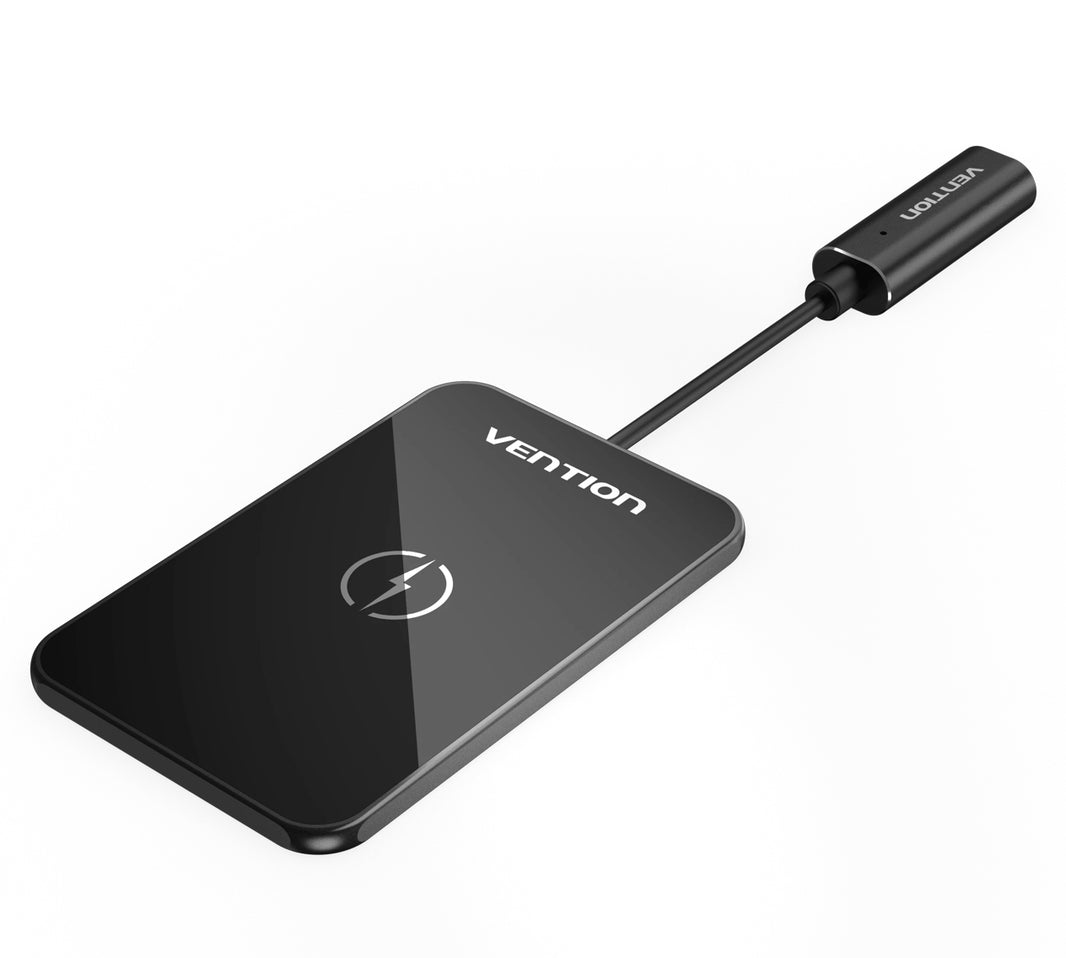In today’s fast-paced world, staying connected is crucial. Whether you're traveling, attending back-to-back meetings, or simply on-the-go, having a reliable power source for your devices is essential. Enter the power bank: a portable battery pack that can recharge your devices when you're away from an outlet. With a plethora of options available, it can be challenging to choose the right one. This ultimate guide will explain the different capacities, features, and types of power banks, helping you make an informed decision based on your needs.
Understanding Power Bank Capacities
Power bank capacity is measured in milliampere-hours (mAh). This figure indicates the amount of charge the power bank can hold. Here’s a breakdown of different capacities and what they mean for your devices:
1. Small Capacity (Up to 5,000 mAh)
- Best For: Emergency top-ups and small devices like Bluetooth headphones or fitness trackers.
- Usage: Typically provides one full charge for a smartphone.
2. Medium Capacity (5,000 mAh to 10,000 mAh)
- Best For: Regular use for smartphones and small tablets.
- Usage: Can charge a smartphone 2-3 times or a tablet once.
3. Large Capacity (10,000 mAh to 20,000 mAh)
- Best For: Heavy users with multiple devices, including tablets and cameras.
- Usage: Provides multiple charges for a smartphone and 2-3 charges for a tablet.
4. Extra Large Capacity (20,000 mAh and above)
- Best For: Extended trips, power users, and those with multiple high-capacity devices like laptops.
- Usage: Can charge smartphones and tablets multiple times and some laptops once or twice.
Key Features to Consider
When selecting a power bank, consider the following features to ensure it meets your needs:
1. Number of Ports
- Single-Port: Ideal for individual users who need to charge one device at a time.
- Multi-Port: Useful for charging multiple devices simultaneously, perfect for families or tech enthusiasts.
2. Output Power
- Standard Output (1A): Suitable for basic devices like smartphones.
- Fast Charging (2A and above): Essential for tablets and devices with fast-charging capabilities. Look for power banks with Quick Charge or USB-C Power Delivery (PD) for the fastest charging speeds.
3. Input Power
- Micro USB: Common but slower charging for the power bank itself.
- USB-C: Faster charging for the power bank, reducing downtime between uses.
4. Built-in Cables
- Some power banks come with built-in cables, reducing the need to carry extra cables and enhancing convenience.
5. Wireless Charging
- Wireless power banks allow you to charge compatible devices without plugging them in, adding a layer of convenience.
6. Safety Features
- Look for power banks with overcharge protection, short-circuit protection, and temperature control to ensure the safety of both your devices and the power bank.
Types of Power Banks
Power banks come in various types, each designed to meet specific needs. Here are the main types:
1. Universal Power Banks
- Description: The most common type, compatible with most devices via USB ports.
- Best For: General use with a variety of devices.
2. Solar Power Banks
- Description: Equipped with solar panels to recharge using sunlight.
- Best For: Outdoor enthusiasts and eco-conscious users. Ideal for camping and hiking trips.
3. Laptop Power Banks
- Description: High-capacity power banks with higher output power, suitable for charging laptops.
- Best For: Professionals and students who need to keep their laptops charged on-the-go.
4. Wireless Power Banks
- Description: Feature wireless charging capabilities for compatible devices.
- Best For: Users who prefer cable-free charging and have wireless charging-enabled devices.
Choosing the Right Power Bank for Your Needs
1. Assess Your Device Usage
- Determine the types of devices you need to charge and their respective battery capacities. This will help you choose a power bank with adequate capacity and output power.
2. Consider Your Lifestyle
- If you’re always on the move, a compact and lightweight power bank might be best. For outdoor activities, consider a rugged, solar-powered option.
3. Evaluate Charging Speed Requirements
- If you frequently need quick charges, look for power banks with fast charging technology like Quick Charge or USB-C PD.
4. Check Compatibility
- Ensure the power bank you choose is compatible with your devices in terms of both ports and charging speeds.
5. Budget
- Power banks come in a wide range of prices. Balance the features and capacity you need with your budget to find the best option.
Conclusion
Choosing the right power bank involves understanding your power needs and selecting a device that matches your lifestyle and usage patterns. Whether you need a compact charger for emergencies, a high-capacity bank for extended travel, or a versatile option with multiple ports and fast charging, there’s a power bank out there for you. By considering capacity, features, and types, you can make an informed decision and ensure you stay powered up, no matter where life takes you.







